War destroys the Mycetoma Research Centre in Sudan: a health catastrophe threatens the lives of the poor
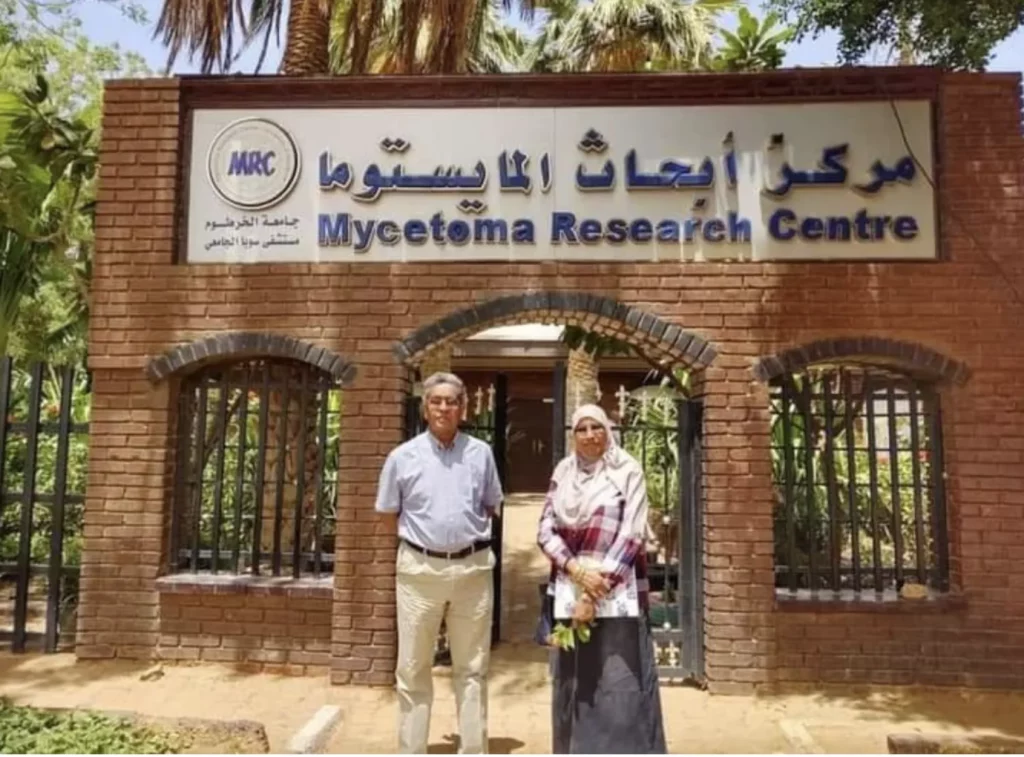
The Mycetoma Research Centre in Sudan (File photo: Sudan Media Forum)
Prepared by Al-Alaq Centre for Press Services for Sudan Media Forum
In a devastating blow to efforts to combat one of the most neglected tropical diseases, the World Health Organisation (WHO) office in Sudan announced the destruction of the country’s only mycetoma research centre as a result of nearly two years of military clashes in Khartoum. The centre, a global beacon for the study of mycetoma, has lost decades of biodata and biological content, threatening the lives of thousands of patients and hindering future research.
Mycetoma is endemic in rural Sudan, particularly prevalent in Sennar, Gezira, White Nile, and North Darfur states. The disease results from bacteria or fungi entering the body, often through the prick of thorns in agricultural land, leading to malignant destruction of skin, bones, and muscles. It was classified by the World Health Organisation (WHO) in 2016 as a neglected tropical disease, due to the lack of an effective and effective treatment and its devastating impact on the health of the poor, who often live in areas of Access to health care is difficult.
Dr Bakhita Othman, an agricultural expert, explained to Al-Alaq Centre for Press Services that this disease “affects the poor, they become unable to work, and patients are exposed to social isolation, due to the associated ulcers.” She adds that mycetoma usually affects the feet, leading to a chronic infection that can develop into severe deformities, and may eventually lead to disability or amputation. The disease also causes psychological complications, such as introversion, as a result of abnormalities and secretions.
Dr Ahmed Al-Fahal, founder and director of the centre, asserts that the fungal tumour “affects people in remote areas, those who move barefoot, who are most at risk, most of whom are field workers and children.” He points out that his treatment is challenging because of expensive and unavailable medications, which often have serious side effects. Treatment may last for months, and in severe cases, the disease can lead to death, and amputation is often the only solution.
Losing the legacy of 40 years of research
Ahmed Fahal asserts that the destruction of the centre means “we have lost all the content in our biobanks, which had data in them for more than 40 years.” This data represents an invaluable treasure trove for researchers around the world, and its loss will lead to a major disruption in understanding the disease and developing new treatments.
About 20% of these patients, who are from the poorest, have had their amputations (foot, leg, or hand).
A comprehensive vision of treatment and awareness about mycetoma
The Mycetoma Research Centre was established in 1991 under the auspices of the University of Khartoum and is the only centre in the world dedicated to the study of mycetoma. The centre was not just a treatment facility, but a comprehensive beacon to deal with mycetoma from multiple aspects. Its main activities included:
Healthcare and treatment: The centre received 12,000 patients annually, providing free care to those affected by the disease, including diagnosis, treatment, and psychosocial support. The centre has treated 9,000 patients free of charge from all over the country since its inception and has performed numerous surgeries, including necessary amputations.
Scientific research and development: The centre has conducted advanced scientific research in the field of mycetoma, including pioneering clinical trials. He has participated in global trials of promising therapies such as fosravoconazole in collaboration with the Drugs for Neglected Diseases Initiative (DNDi) and Japanese pharmaceutical company Isai, reflecting his pivotal role in finding new treatment solutions.
Advanced Laboratory Diagnosis: The centre provided free diagnostic services, including advanced laboratory tests such as DNA testing to determine the exact cause of the disease, which was available for the first time in Sudan at no cost.
Awareness and Community Service: The centre has played an active role in educating the community about the seriousness of mycetoma disease, how to prevent it, and the importance of early treatment. He has conducted continuous awareness campaigns through posters and educational films and organised therapeutic and educational trips to the affected areas throughout the Sudan.
Capacity Building and Training: The centre has contributed to the training of medical and science students and healthcare workers in the diagnosis and treatment of mycetoma, strengthening local capacity to combat the disease.
International cooperation and partnerships: The Centre has established a wide network of cooperation and partnerships with international organisations and institutions such as the World Health Organisation, the Medicines for Neglected Diseases Initiative (DNDi), ISAI, and Nagasaki University, which enabled it to exchange experiences and contribute to global efforts to combat neglected diseases.
Holistic approach to care: The centre adopted a multidisciplinary approach to mycetoma management, integrating medical, surgical, and rehabilitative interventions to deliver a comprehensive and effective treatment strategy, with a focus on patient care at the core of the centre.
Urgent call for reconstruction
This disaster highlights the difficult conditions faced by pastoralists and marginalised groups in Sudan, where there are not enough hospitals to treat children, women, the elderly and the sick in general. A recent study by the United Nations Development Programme (UNDP) and the International Food Policy Research Institute (IFPRI) revealed the impact of the conflict on rural households’ incomes, exacerbating their poor access to housing, infrastructure, and services.
Therefore, the loss suffered by the Mycetoma Centre, with all its repercussions on patients and research, makes it important to highlight this issue in the media, to advance efforts to re-establish the centre to continue its research work and provide life-saving treatment to patients, farmers, pastoralists, and children.
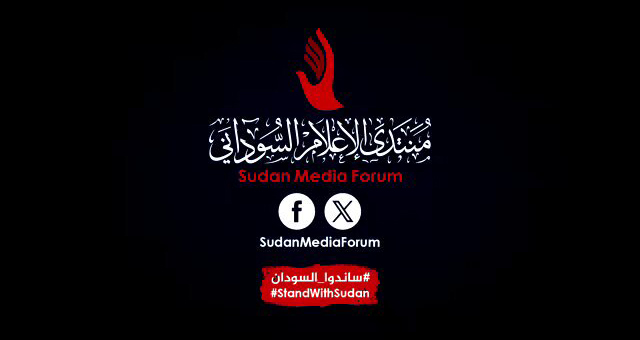
This report is prepared by Al-Alaq Centre for Press Services and published via the platforms of Sudan Media Forum member organisations, to highlight the damage caused to the health infrastructure in the country as a result of the ongoing war in the country.
#SilenceKills #الصمت_يقتل #NoTimeToWasteForSudan #الوضع_في_السودان_لايحتمل_التأجيل #StandWithSudan #ساندوا_السودان #SudanMediaForum


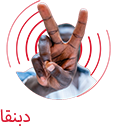



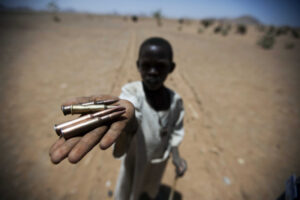
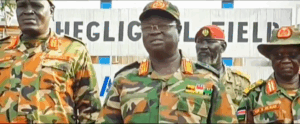
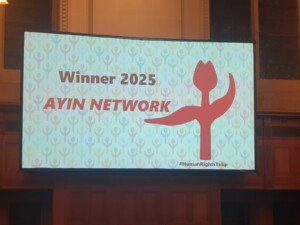

 and then
and then